Innovative Robot Barista Features Compared to Traditional Coffee Machines
In recent years, the emergence of technology has dramatically transformed various industries, and the coffee sector is no exception. As consumers increasingly seek convenience and quality, the rise of the Robot Barista has sparked intrigue and innovation. Unlike traditional coffee machines that rely on human skill and labor, Robot Baristas employ advanced robotics and artificial intelligence to brew coffee with precision and consistency, elevating the café experience. In this blog, we will explore a detailed checklist comparing the innovative features of Robot Baristas to their conventional counterparts. From automation and efficiency to customization and user engagement, we’ll delve into how these futuristic coffee-making marvels are reshaping our daily caffeine rituals and the way we perceive coffee preparation.
Join us as we unravel the advantages and potential drawbacks of adopting a Robot Barista in today’s fast-paced world.

Comparative Analysis of Robot Baristas and Traditional Coffee Machines: Key Features
 The evolution of coffee preparation has seen the rise of robot baristas, offering a stark contrast to traditional coffee machines. One of the primary distinctions lies in the automation and consistency of flavor. Robot baristas utilize advanced algorithms and sensors to ensure perfect extraction and optimal brewing conditions every time. This technology can lead to improved flavor profiles and reduced variability in the final cup, a feature that traditional machines might struggle to replicate consistently.
The evolution of coffee preparation has seen the rise of robot baristas, offering a stark contrast to traditional coffee machines. One of the primary distinctions lies in the automation and consistency of flavor. Robot baristas utilize advanced algorithms and sensors to ensure perfect extraction and optimal brewing conditions every time. This technology can lead to improved flavor profiles and reduced variability in the final cup, a feature that traditional machines might struggle to replicate consistently.
When considering the U.S. coffee machine market, reports indicate a steady growth trajectory, with estimates showing that the coffee machine segment could expand significantly by 2030. This growth is fueled by an increasing consumer demand for specialty coffee and innovative brewing techniques. As consumers become more familiar with the precision and quality offered by robotic systems, we might witness a shift in preference towards these high-tech solutions.
Tips: If you're considering a new coffee machine, think about how frequently you want to experiment with different brewing styles. A robot barista may be ideal if you prioritize consistency and ease of use. However, if you enjoy the hands-on experience of brewing and the artistry involved, a high-end traditional machine might be more suitable. Additionally, research models that offer PID controls for precise temperature management, as they can greatly enhance your coffee’s flavor.
Statistics on Coffee Consumption Growth and the Demand for Automation in Cafés
The coffee industry is experiencing a significant transformation, driven largely by the growing demand for automation in cafés. Recent market research indicates that the US coffee market is projected to reach an impressive USD 150.88 billion, highlighting the surging popularity of coffee consumption. This shift is not just limited to traditional brewing methods; sophisticated coffee machines and innovative robotic technology are reshaping how coffee is made. In Germany, coffee machines are expected to reach a market size of USD 112.5 billion by 2035, growing at a steady CAGR of 3.75%. Factors such as technological advancements and the increasing interest in specialty coffees are fuelling this growth.
As cafés strive to optimize efficiency and enhance customer experience, the integration of automation is proving invaluable. Robotic baristas, equipped with precision and consistency, can support baristas while also improving service speed. This technology is particularly vital as coffee consumption habits evolve, with more consumers seeking unique and high-quality experiences. The rise of automation not only addresses labor challenges but also allows baristas to focus on creativity and interaction, ensuring that the artistry of coffee-making remains central in an increasingly automated world.
Innovative Robot Barista Features Compared to Traditional Coffee Machines - Statistics on Coffee Consumption Growth and the Demand for Automation in Cafés
| Feature/Statistic | Robot Barista | Traditional Coffee Machine |
|---|---|---|
| Average Cost | $15,000 | $5,000 |
| Average Preparation Time (seconds) | 30 | 60 |
| Labor Costs (per hour) | N/A | $15 |
| Daily Output (cups) | 300 | 150 |
| Coffee Consumption Growth (annual %) | 7% | 3% |
| Demand for Automation in Cafés (years) | 80% | 30% |
Efficiency Metrics: Time and Output Comparison Between Robot Baristas and Manual Brewing
In comparing the efficiency metrics between robot baristas and traditional coffee machines, it is crucial to analyze the time taken and output delivered in various brewing methods. Recent industry studies indicate that automated systems, such as robotic baristas, can significantly reduce brewing time, completing tasks in under 60 seconds compared to an average of 3-5 minutes for manual brewing. This dramatic improvement not only enhances service speed in high-demand environments but also increases the overall output per hour, often exceeding 200 cups when considering the continuous operation of robotic systems.
Moreover, the precision and consistency provided by robotic baristas can lead to standardized quality across batches, a challenge often faced by human baristas due to variability in skill and technique. Data from efficiency audits suggest that automated brewing devices yield a 99% accuracy rate in maintaining brewing parameters, in stark contrast to manual methods which typically see variations upwards of 15%. This alignment with quality benchmarks positions robot baristas favorably in the brewing technology landscape, especially as businesses strive to meet growing consumer demands for efficiency without compromising on taste.
Quality Control: How Robot Technology Enhances Consistency in Coffee Production
The emergence of robot baristas is revolutionizing the coffee industry, particularly in the realm of quality control. Traditional coffee machines often suffer from inconsistencies due to varying human factors such as skill level, timing, and even environmental variables in the cafe setting. According to a report by the National Coffee Association, nearly 63% of coffee drinkers expect consistency in flavor and quality in their daily brew. Robot baristas, equipped with advanced sensors and algorithms, are designed to maintain precise brewing conditions, ensuring each cup meets stringent quality standards.
Moreover, recent studies show that robotic coffee machines can reduce the variability of coffee extraction. For example, a benchmarking study published in the Journal of Food Engineering highlights that automated machines can replicate the ideal pressure and temperature control, resulting in a 30% increase in flavor uniformity compared to traditional counterparts. This consistency not only enhances customer satisfaction but also significantly boosts operational efficiency. With the ability to produce high-quality coffee consistently, robot baristas are positioning themselves as a viable solution for cafes aiming to elevate their coffee offerings while meeting the demands of discerning coffee lovers.
Quality Control: Robot Barista vs Traditional Coffee Machines
Cost-Benefit Analysis: Investment in Robot Baristas vs. Traditional Equipment for Coffee Shops
As coffee shops seek ways to improve efficiency and customer satisfaction, investing in robot baristas has become an intriguing alternative to traditional coffee machines. A recent report by the National Coffee Association reveals that 70% of customers prioritize speed and convenience in their coffee experiences. Robot baristas can serve up to 200 cups per hour, significantly outpacing traditional machines, which average around 60 cups per hour. This improved output can lead to increased sales and enhanced customer satisfaction, particularly during peak hours.

However, initial investment costs must be considered. The purchase price for a high-quality robot barista ranges from $15,000 to $25,000, while traditional coffee machines can be obtained for about $5,000. Despite the higher upfront costs, a detailed cost-benefit analysis by Coffee Shop Economics suggests that robot baristas can pay for themselves within two years through reduced labor costs and increased throughput. Moreover, with advances in technology, maintenance expenses for robot systems are decreasing, making them a viable long-term investment for modern coffee shops aiming to maximize profitability and keep pace with evolving consumer demands.
Related Posts
-
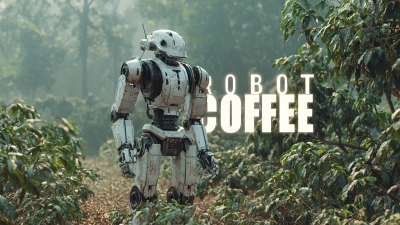
Navigating Import and Export Certifications for the Best Robot Coffee in Singapore
-
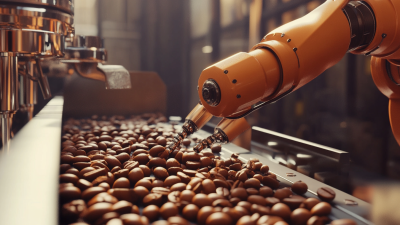
What are the Benefits of Using Coffee Robots in Modern Coffee Production
-
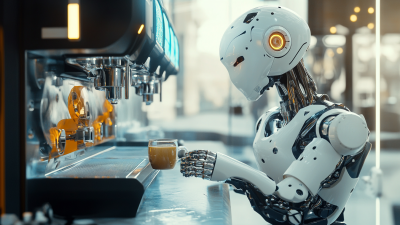
5 Essential Insights for Global Buyers on Robot Coffee Barista Innovations
-
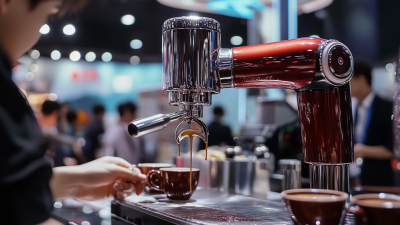
Top 10 Coffee Robot Manufacturers from China at the 137th Canton Fair
-
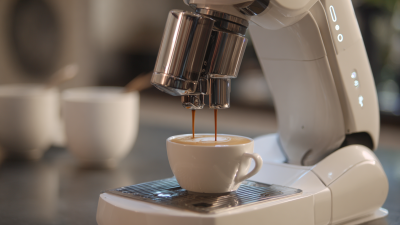
Master the Art of Brewing the Perfect Latte with the Best Latte Coffee Robot
-
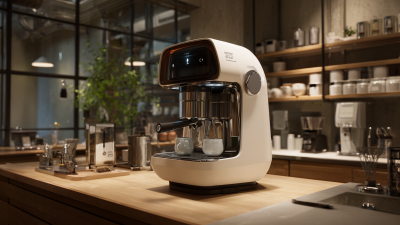
How to Choose the Best Robot Coffee Barista for Your Cafe